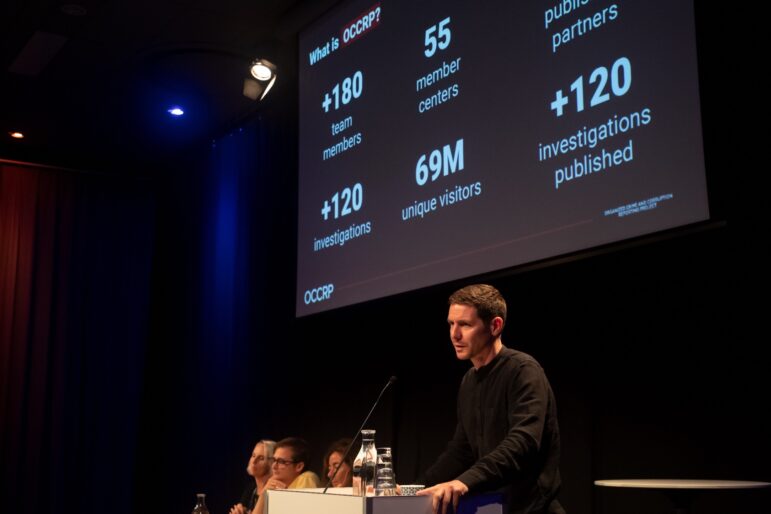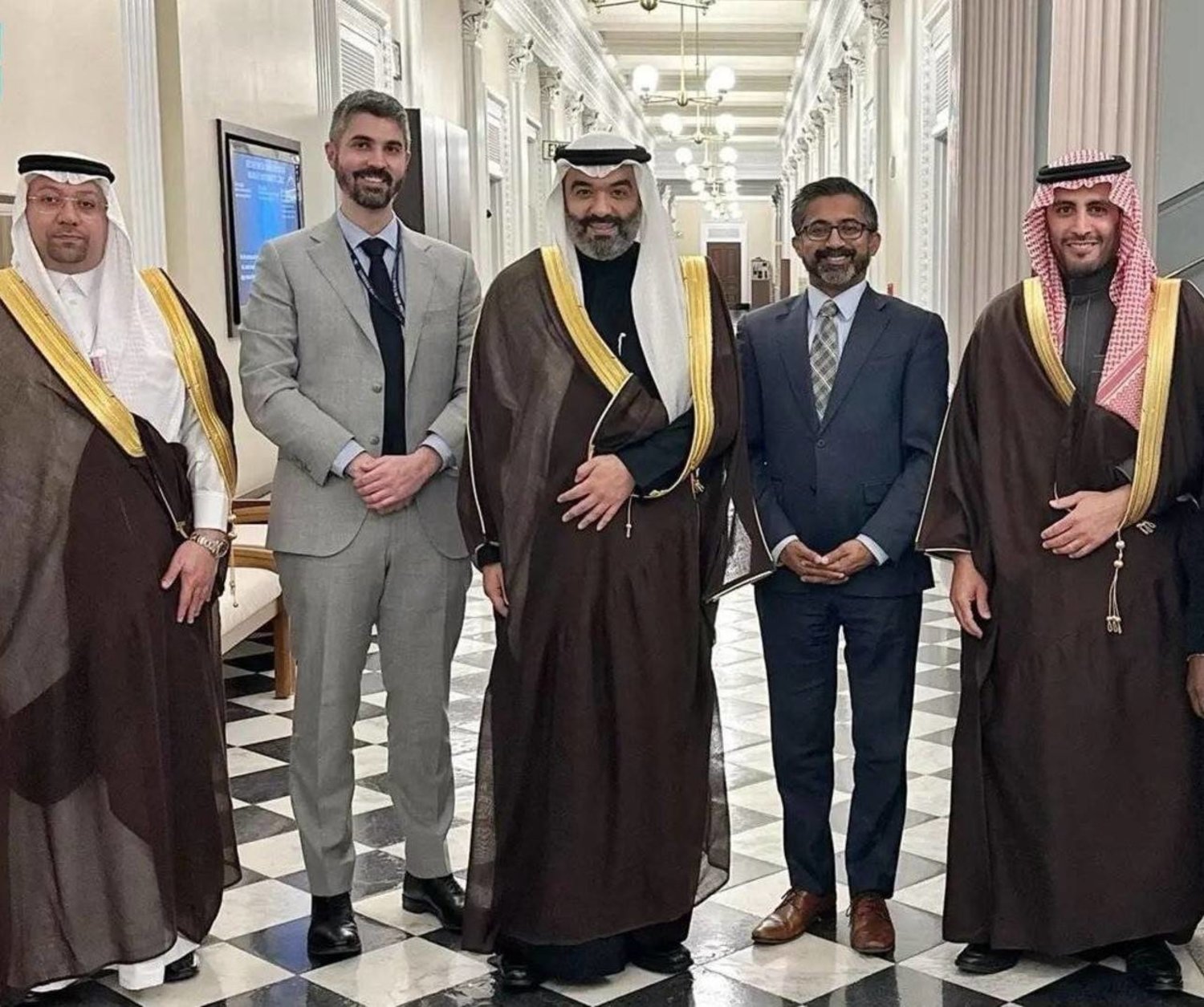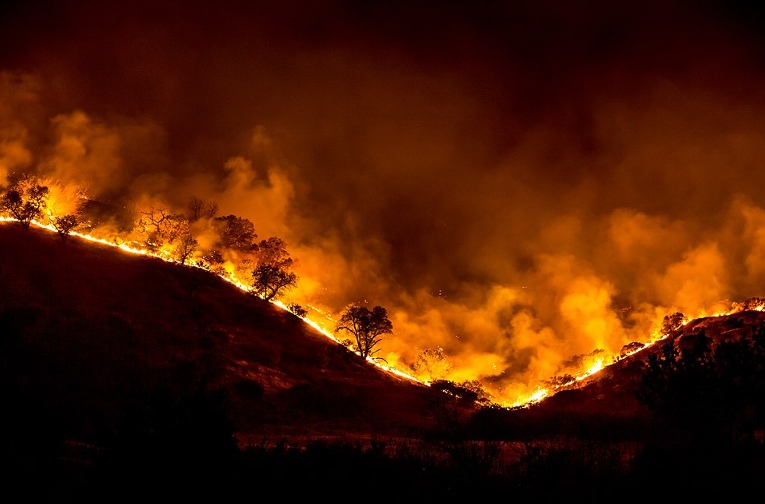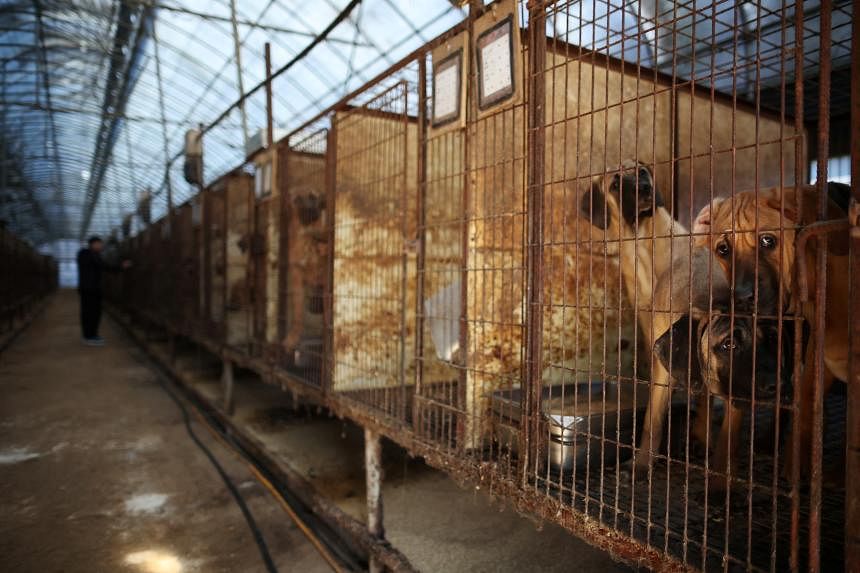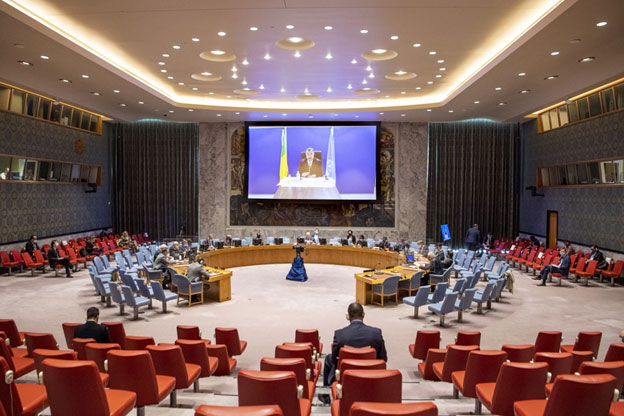Imagine this: humanity in its time on Earth has already come up with two distinct ways of destroying this planet and everything on it. The first is, of course, nuclear weapons, which once again surfaced in the ongoing nightmare in the Middle East. (An Israeli minister recently threatened to nuke Gaza.) The second, you won’t be surprised to learn, is what we’ve come to call “climate change” or “global warming” — the burning, that is, of fossil fuels to desperately overheat our already flaming world. In its own fashion, that could be considered a slow-motion version of the nuking of the planet.
Put another way, in some grim sense, all of us now live in Gaza. (Most of us just don’t know it yet.)
Yes, if you actually do live in Gaza, your life is now officially a living (or dying) hell on Earth. Your home has been destroyed, your family members wounded or killed, the hospital you fled to decimated. And that story, sadly enough, has been leading the news day after day for weeks now. But in the process, in some sense even more sadly, the deepest hell of our time has largely disappeared from sight.
I’m thinking about the urge to turn our whole planet into a long-term, slow-motion version of Gaza, to almost literally set it ablaze and destroy it as a habitable place for humanity (and so many other species).
Yes, in the midst of the ongoing Middle Eastern catastrophe, the latest study by James Hanson, the scientist who first sounded the climate alarm to Congress back in the 1980s, appeared. In it, he suggested that, in this year of record temperatures, our planet is heating even more rapidly than expected. The key temperature danger mark, set only eight years ago at the Paris climate agreement, 1.5 degrees Centigrade above the pre-industrial level, could easily be reached not in 2050 or 2040, but by (or even before) 2030. Meanwhile, another recent study suggests that humanity’s “carbon budget” — that is, the amount of carbon we can put into the atmosphere while keeping global temperature rise at or under that 1.5-degree mark — is now officially going to hell in a handbasket. In fact, by October, a record one-third of the days in 2023 had broken that 1.5-degree mark in what is undoubtedly going to prove another — and yes, I know how repetitive this is — record year for heat.
Oh, and when it comes to the globe’s two greatest greenhouse gas emitters, China is still opening new coal mines at a remarkably rapid pace, while the U.S., the world’s biggest oil producer, is expected to have “a third of planned oil and gas expansion globally between now and 2050.” And the news isn’t much better for the rest of the planet, which, given the dangers involved, should be headline-making fare. No such luck, of course.
Setting the Planet Afire
In fact, I’ll bet you hardly noticed. And I’m not surprised. After all, the news could hardly be worse these days in a country that, however indirectly, seems distinctly bound for war. There’s Ukraine, turning into ever more of a disaster zone by the week; there’s Israel, Gaza, and the West Bank promising yet more of the same, whether you’re listening to Hamas or Benjamin Netanyahu (with American military activity increasing in the region as well); and then there’s that “cold war” between the U.S. and China — yes, I know, I know, President Biden and China’s President Xi Jinping actually met and chatted recently, including about climate change — but don’t hold your breath when it comes to truly improving relations.
And yet, if you were to look away from Gaza for a moment, you might notice that significant parts of the Middle East have been experiencing an historic megadrought since 1998 (yes, 1998!). The temperatures baking the region are believed to be “16 times as likely in Iran and 25 times as likely in Iraq and Syria” thanks to the warming caused by the burning of fossil fuels. Meanwhile, if you take a skip and a jump from the flaming Middle East to Greenland, you might notice that, in recent years, glaciers there have been melting at — yes, I know this sounds unbearably repetitious — record rates (five times faster, in fact, in the last 20 years), helping add to sea level rise across the planet. And mind you, that rise will only accelerate as the Arctic and Antarctic melt ever more rapidly. And perhaps you won’t be surprised to learn that the Arctic is already warming four times faster than the global average.
If you have the urge to put all of this in context for 2023, you need to remind yourself that we’re now ending November, which means a final accounting of the devastation wrought by climate change this year isn’t quite in. Admittedly, it’s already been one hell of a year of record heat and fires, floods, extreme drought, and so on (and on and on). You’ve probably forgotten by now, but there were those record heat waves and fires — and no, I’m not thinking about the ones that swept across Europe or that broiled parts of Greece amid record flooding. I’m thinking about the ones in Canada that hit so much closer to home for us Americans. The wildfires there began in May and, by late June, had already set a typical seasonal record, only to burn on and on and on (adding up to nine times the normal seasonal total!) deep into October, sending billows of smoke across significant parts of the United States, while setting smoke pollution records.
Nor is the news exactly great when it comes to climate change and this country. Yes, heat records are still being set month by month this year in the U.S., even if the record highs are still to be fully tallied. Just consider those 55 days in which our sixth largest city, Phoenix, suffered temperatures of 110 degrees or more (31 of them in a row), resulting in a heat version of Gazan casualties, a 50% surge in the deaths mostly of seniors and the homeless to almost 600. A recent congressionally mandated report released by the Biden administration on global warming found that this country is actually heating up faster than the global average. “The climate crisis,” it reported, “is causing disruption to all regions of the U.S., from flooding via heavier rainfall in the northeast to prolonged drought in the southwest. A constant is heat — ‘across all regions of the U.S., people are experiencing warming temperatures and longer-lasting heatwaves’ — with nighttime and winter temperatures rising faster than daytime and summer temperatures.”
A Planetary Gaza?
For some global context, just consider that, in 2022, the planet’s greenhouse gas concentrations in the atmosphere were the highest on record, according to the National Oceanographic and Atmospheric Administration. So were the temperatures of ocean waters, while sea levels rose for the 11th straight year! There were also record-shattering heat waves across the planet and that was the way it all too disastrously went.
And yet none of that will hold water (or do I mean fire?), it seems, when it comes to 2023, which is clearly going to set another heat record. After all, we already know that, month by sweltering month, from November 2022 to the end of October 2023, a major heat record was set that seemingly hadn’t been topped in the last 125,000 years. It’s a near certainty as well that this full year will prove similarly record-breaking. And given the way we humans are still burning fossil fuels, we won’t have to wait another 125,000 years for that to happen again. The odds are, in fact, that 2024 will indeed set another global heat record.
So, tell me, how’s that for a planetary Gaza? And yet, strangely enough, while the nightmare in the Middle East is being covered daily in a dramatic fashion across the mainstream media, often by brave reporters like the PBS NewsHour‘s Leila Molana-Allen, the burning of the planet is, at best, a distinctly secondary, or tertiary, or… well, you can fill in the possible numbers from there… reality.
The sad truth of it is that there aren’t enough reporters spending their time on the front lines of global warming and nowhere do I see the staff members of up to 40 government agencies protesting over the weakness of climate-change policy the way so many of them recently did over the Biden administration’s policies on Israel and Gaza. While every night we venture into the devastated Gaza Strip with reporters like Molana-Allen (not to speak of the 41 journalists who died in the first month of that conflict), rare is the night when we do the same in our overheating world. All too few journalists are focusing on the humans already being driven from their homes, experiencing (and even dying from) unprecedented heat, storms, flooding, and drought.
Nor are there many reporters stepping directly into the flames. I’m thinking, in this case, of the coverage (or lack of it) of the drilling for or mining of fossil fuels, the companies making record profits — absolute ongoing fortunes — off them, while their CEOs are pulling in unbelievable sums yearly, even as the ferocious burning of their products continues to pour carbon into the atmosphere.
And mind you, fossil-fuel emissions are still — a word that once again seems all too appropriate — hellishly high. Yes, the International Energy Agency does expect such emissions to peak before 2030, if not earlier. Still, we humans are going to be burning coal, oil, and natural gas for one hell (that again!) of a long time and those fossil-fuel companies will continue making fortunes while damaging all our lives and those of our children and grandchildren into the distant future.
There’s no question that Gaza has truly been a hell on Earth. Deaths in that small strip of land had already exceeded 11,000 (many of them children) while I was writing this. Meanwhile, from hospitals to homes, Israeli bombs and missiles have turned staggering amounts of its living (or now dying) spaces into rubble. And that is indeed a horror that must be covered (just as the nightmarish initial Hamas attack on Israel was). But in the process of watching Gaza burn, it would be good to remember that we’re also turning the whole planet into a Gazan-style catastrophe. It’s just happening in relative slow motion.
World War II ended in September 1945 and since then — despite endless wars — there hasn’t been another “world” version of one. Gaza and Ukraine remain horrific but relatively localized, just as the Korean and Vietnam conflicts once were.
But while, whatever the horrors and damage done, there hasn’t been another world war, there has been and continues to be a war on the world, a slow-motion global Gaza that will only grow worse unless we put our energy into moving ever faster to transition from coal, natural gas, and oil to alternative energy sources. In truth, that is the war we should all be fighting, not the ones that distract us from the worst dangers we face.
In fact, it’s past time to start talking about World War III, even if this time it’s a war on the planet itself.
Copyright 2023 Tom Engelhardt
Tree ridge in flames during the 2018 Woolsey Fire, California, US (2018). By eter Buschmann, United States Forest Service via Wikimedia Commons https://commons.wikimedia.org/wiki/File:Woolsey_Fire_-_tree_ridge_in_flames_20181119-PB-008.jpg

